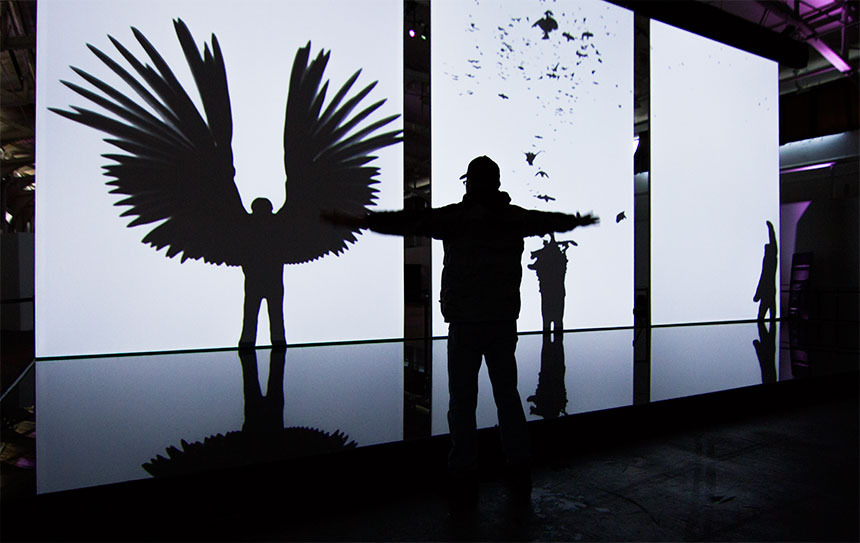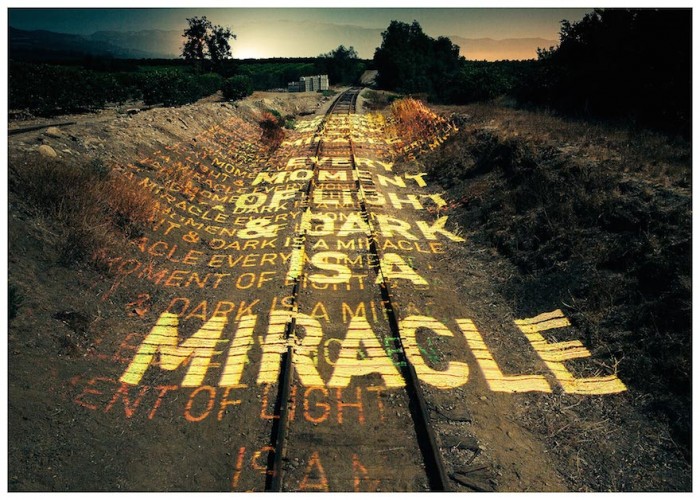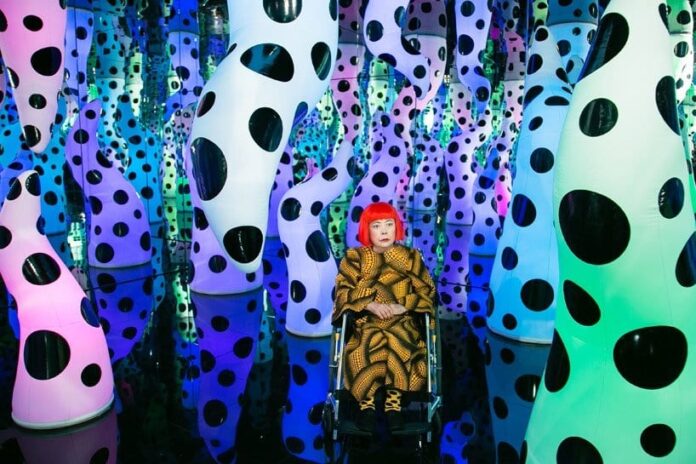Artists have always been looking for new art forms and non-traditional means to express their artistic principles. Progressive artists have introduced new non-art materials such as books, magazines, clothing, household items, and many other everyday items as ideal artistic mediums, claiming that true artists can create works of art from anything.
The development of technology has continued to go hand in hand with progressive artistic concepts and has changed the way art is created and distributed. People have been into the idea of mixing visual art and technology since the 60s. And this is when digital was born.
The first attempt to bring technological innovation in art takes us to 1967. Then, New York artists including John Cage, Robert Rauschenberg, Robert Whitman, and Yvonne Rainer and more, worked with engineers and scientists from the world-renowned Bell Laboratories to create performances incorporating new technology.
Andy Warhol is one of the brightest representatives of digital art. He was one of the most influential artists who used modern technology, such as video, film, and screen printing to make his art more visible. Warhol was also one of the pioneers of digital art. In 1985 he created digital drawings on an Amiga computer to advertise the computer system and their software program as a brand ambassador for the computer company, Commodore International.
The nineties brought the internet and started the technology revolution. And the digital art scene started booming too.
It was not a surprise that the new millennium introduced numerous significant digital artists that use advanced technology and numerous digital tools for artists to make memorable installations and performances.
Now let`s have a look at some of the most significant artists and artistic events to promote art and emerging technologies.

- Chris Milk was one of the most prominent representatives of digital art who participated in the Digital Revolution exhibition with his interactive and highly popular project Treachery of the Sanctuary. Apart from this magnificent, highly-interactive, engaging digital art project, Milk started an ongoing art project as an homage to legendary Johnny Cash.
- Light Echoes is the name of a fascinating digital art project that came as a result of a joint, creative effort of Aaron Koblin and Ben Tricklebank. It is an extraordinary multimedia experience made with the help of a giant laser beam projector that inspires sincere reactions in audiences.

- Eric Standley uses advanced technology to create stained glass windows out of laser-cut paper. Standley does not use technology to be more efficient or to alleviate the process of creating art. He stated that he enjoys using this art medium because technology is helping him widen his artistic vision.
- Yayoi Kusama creates art that painfully reflects the troubles she has gone through, and her work has made her audience sympathize with her. One of her most poignant art installations are the “Infinity Mirror” rooms. These cube-shaped rooms covered in mirrors with water on the floors and only faint flickering light presented a contrast between life and death.

























